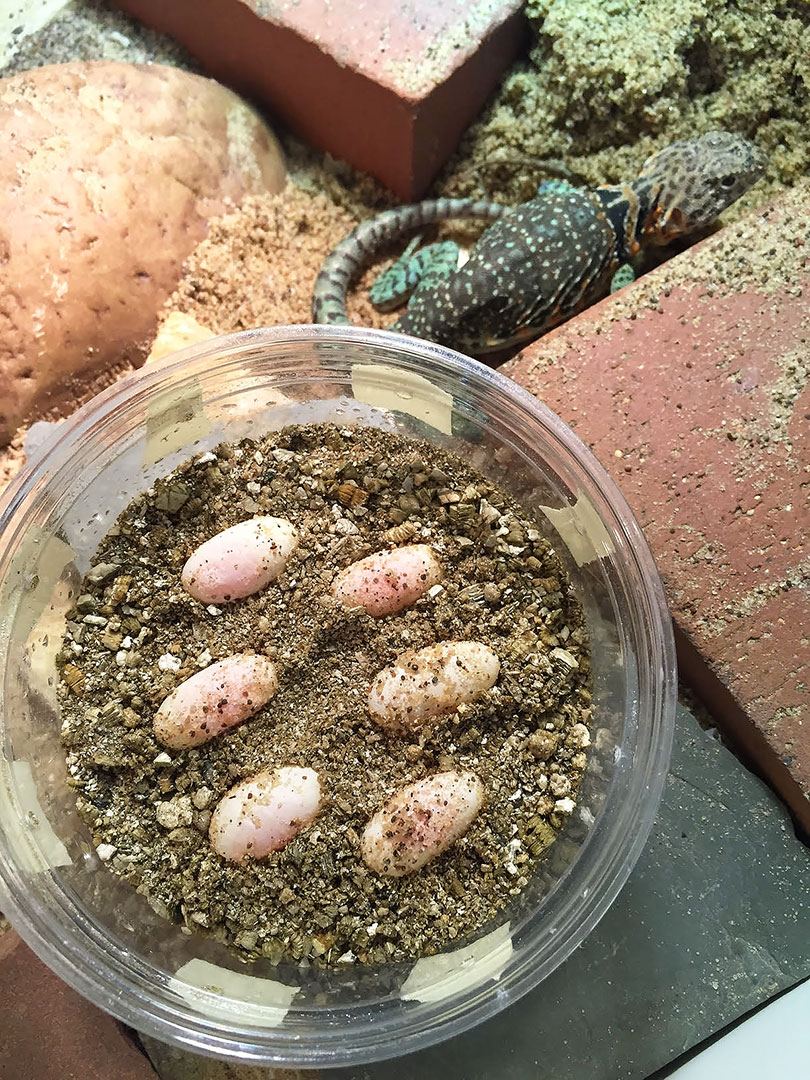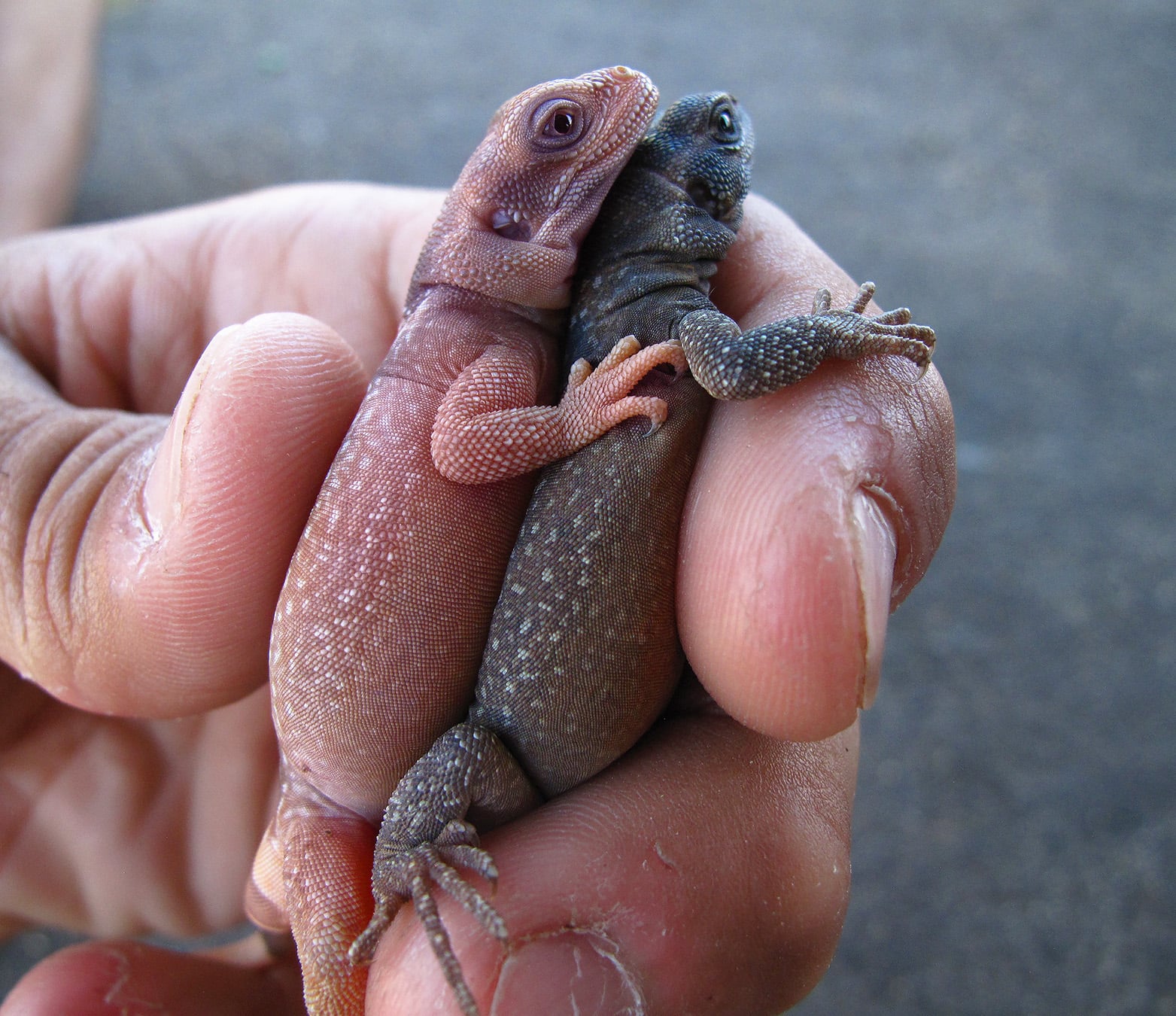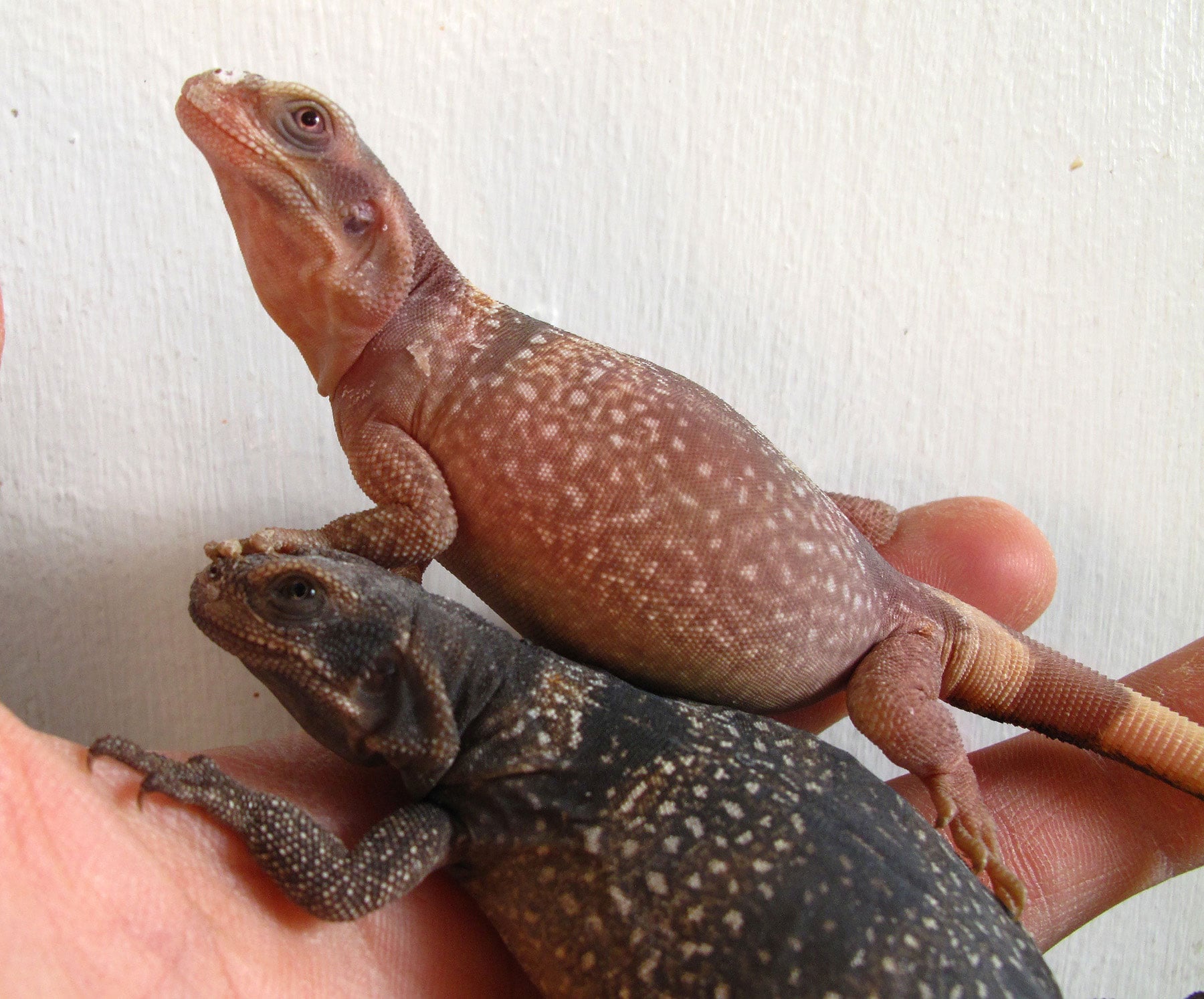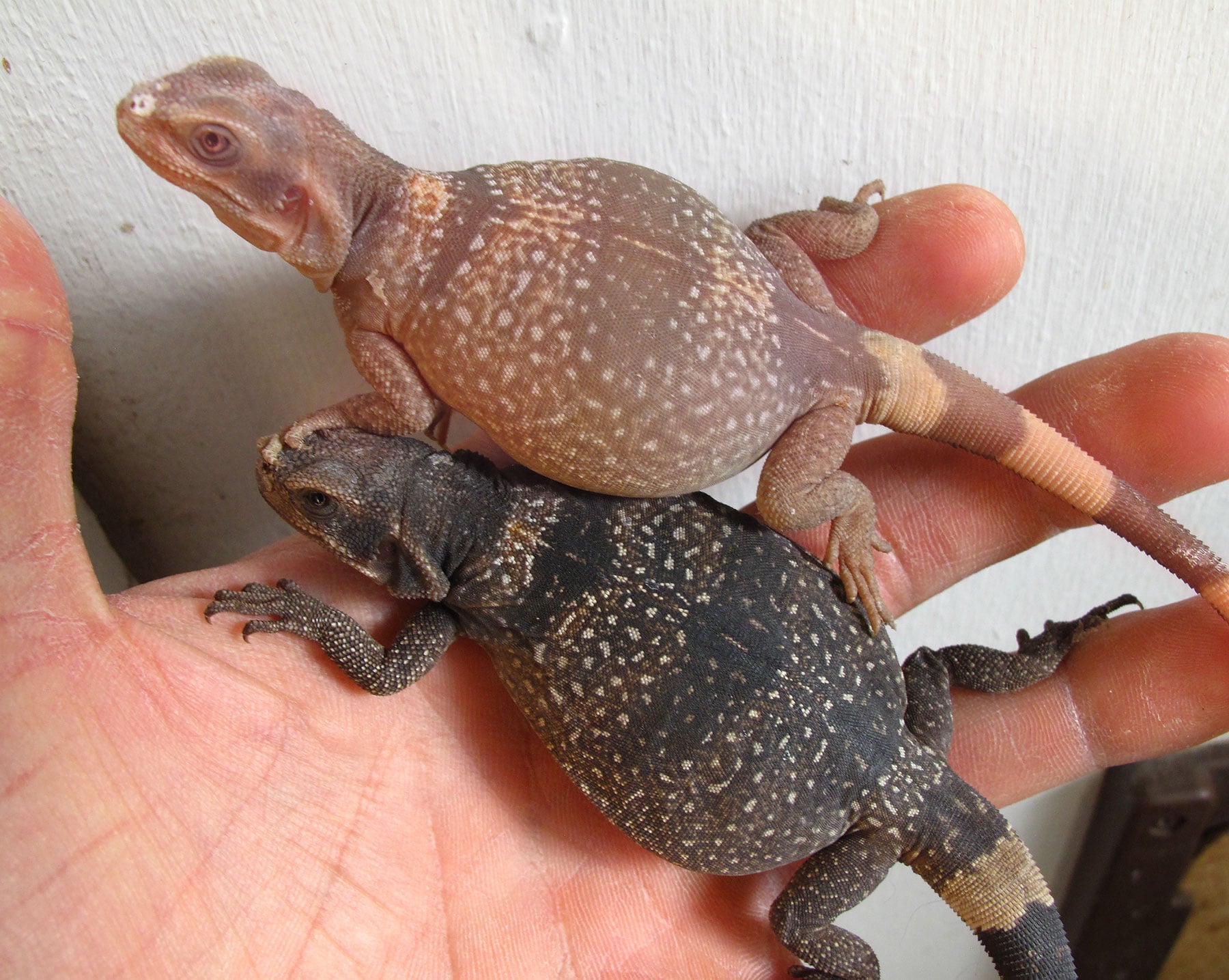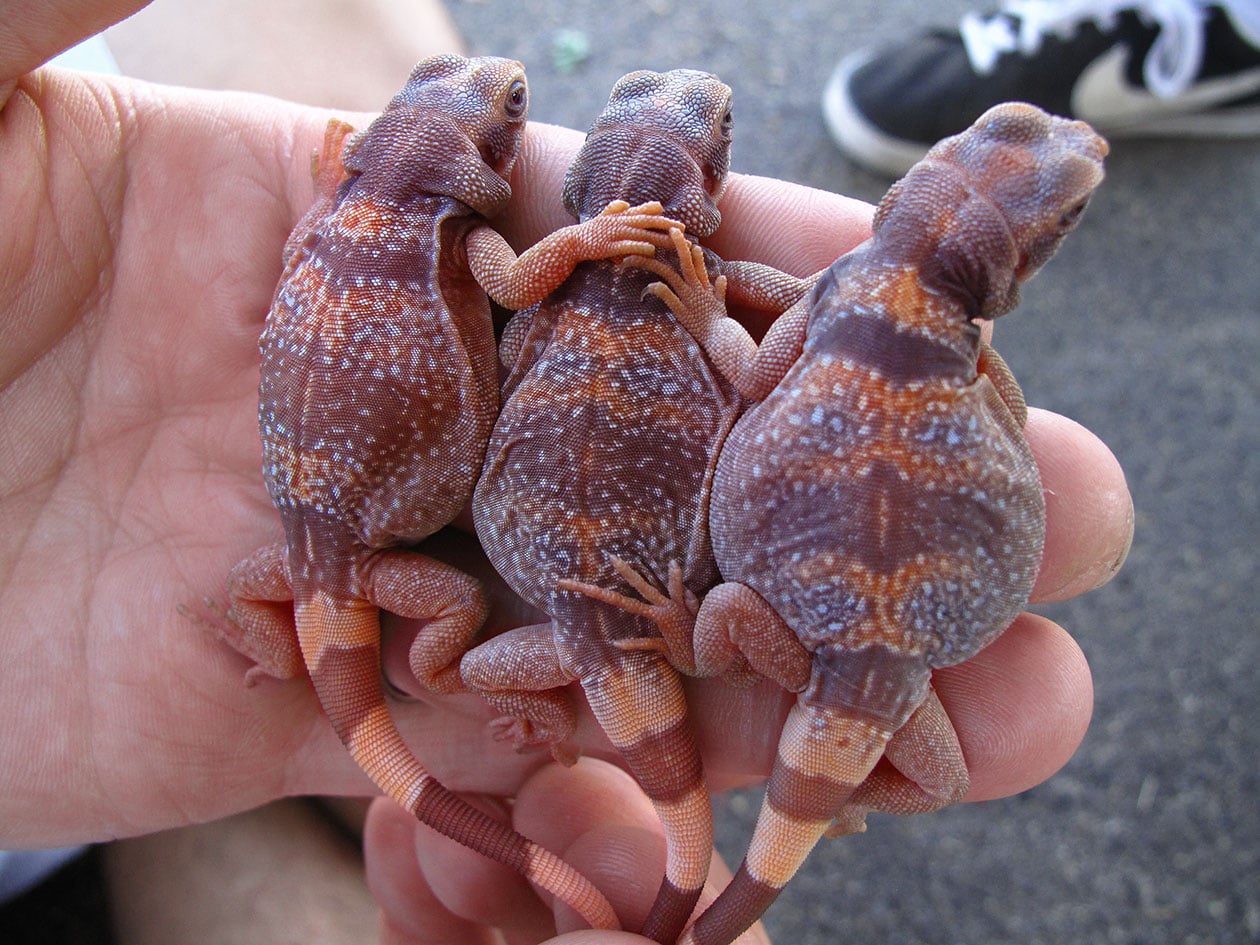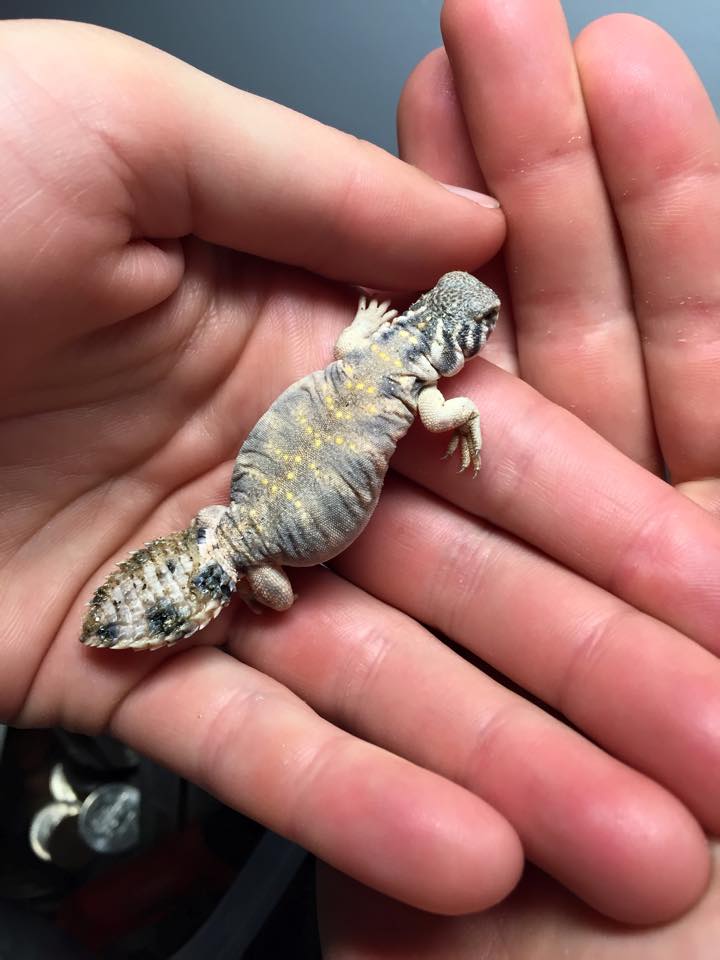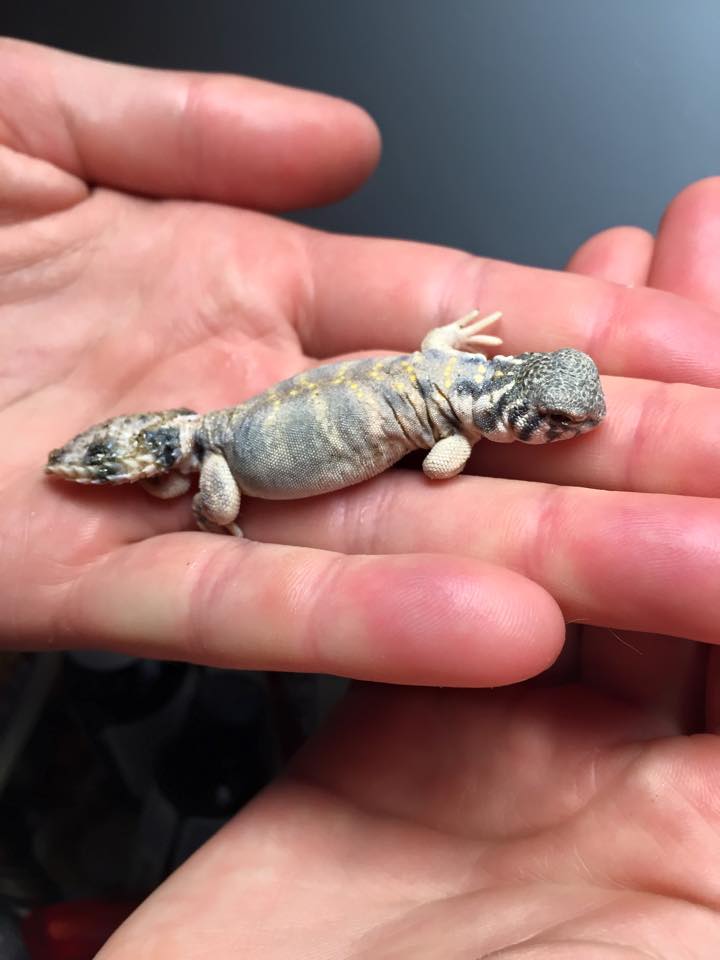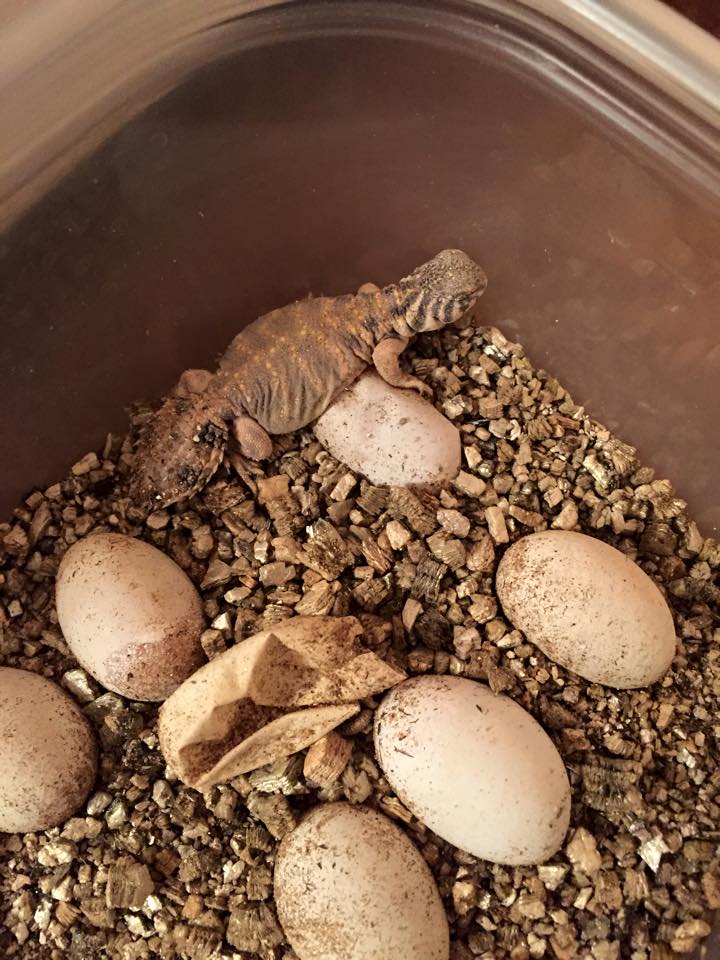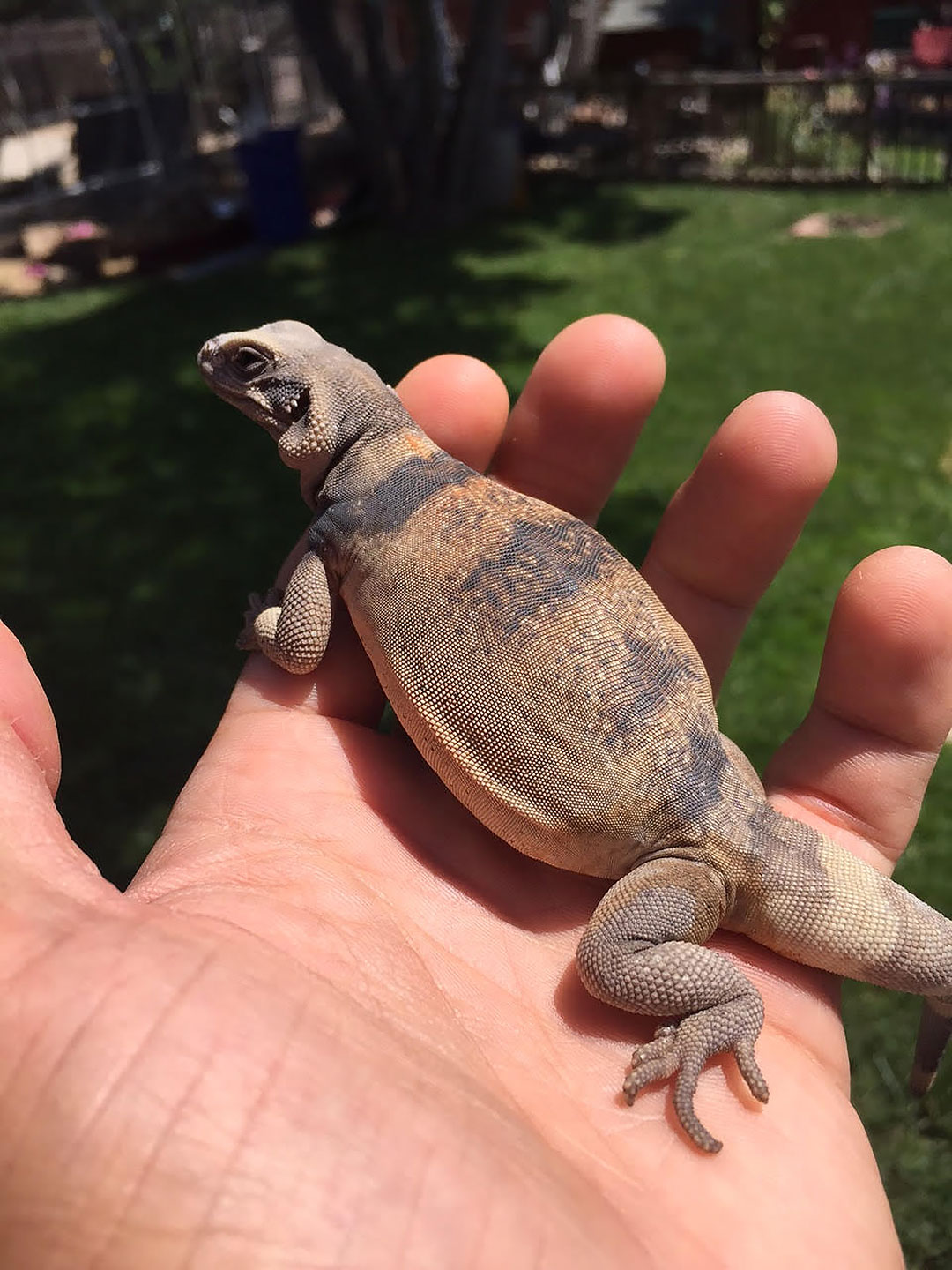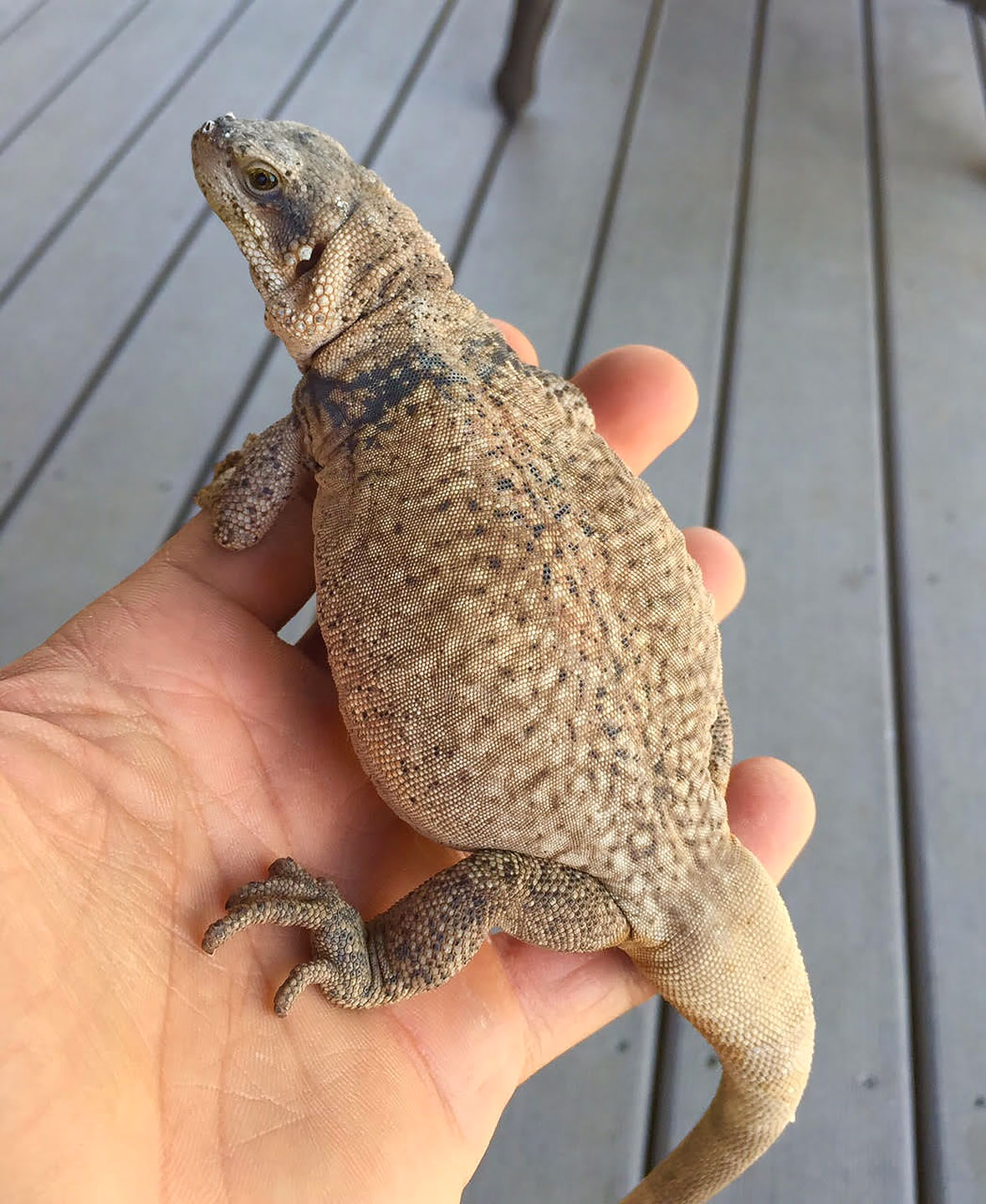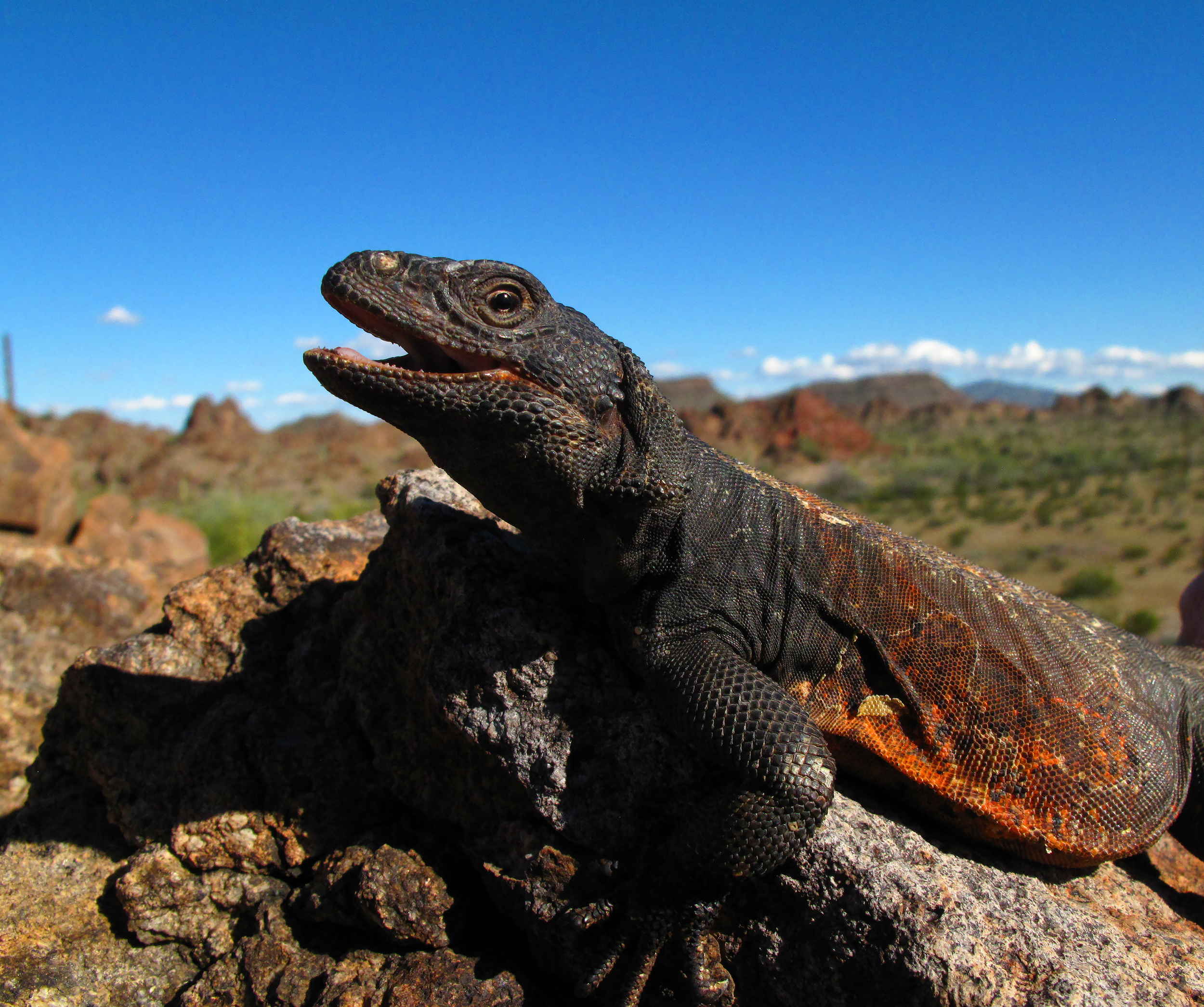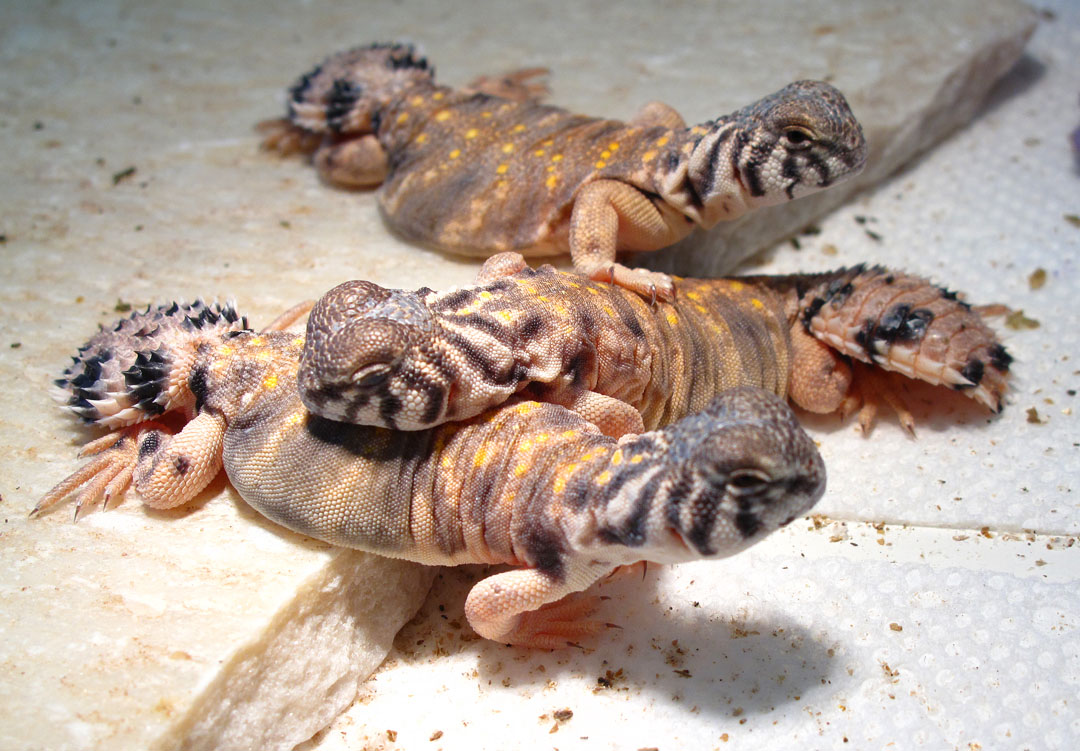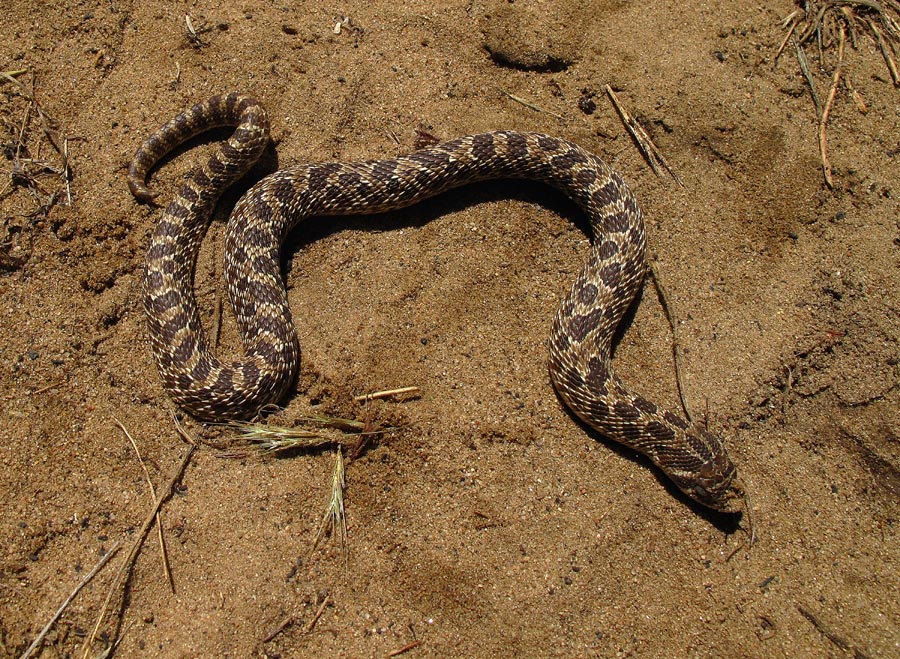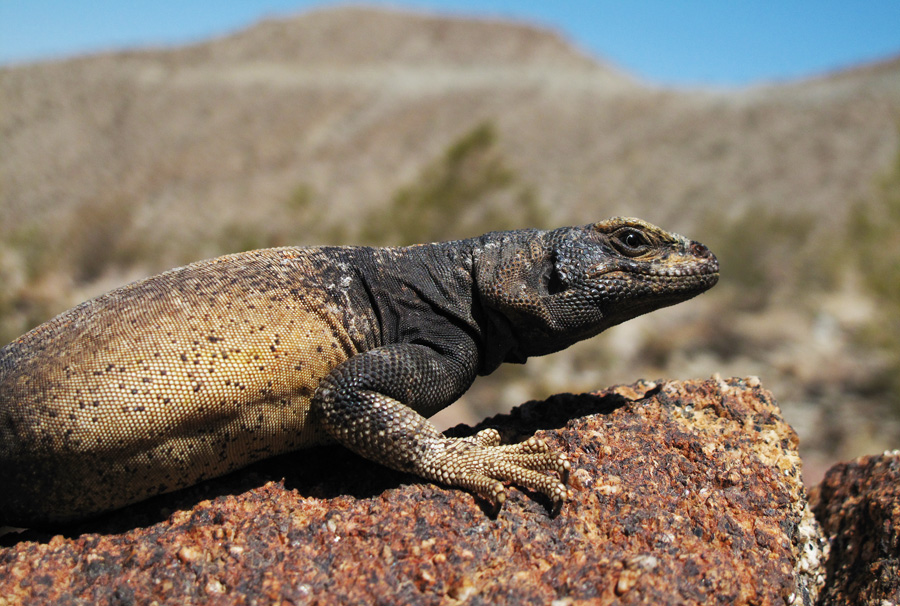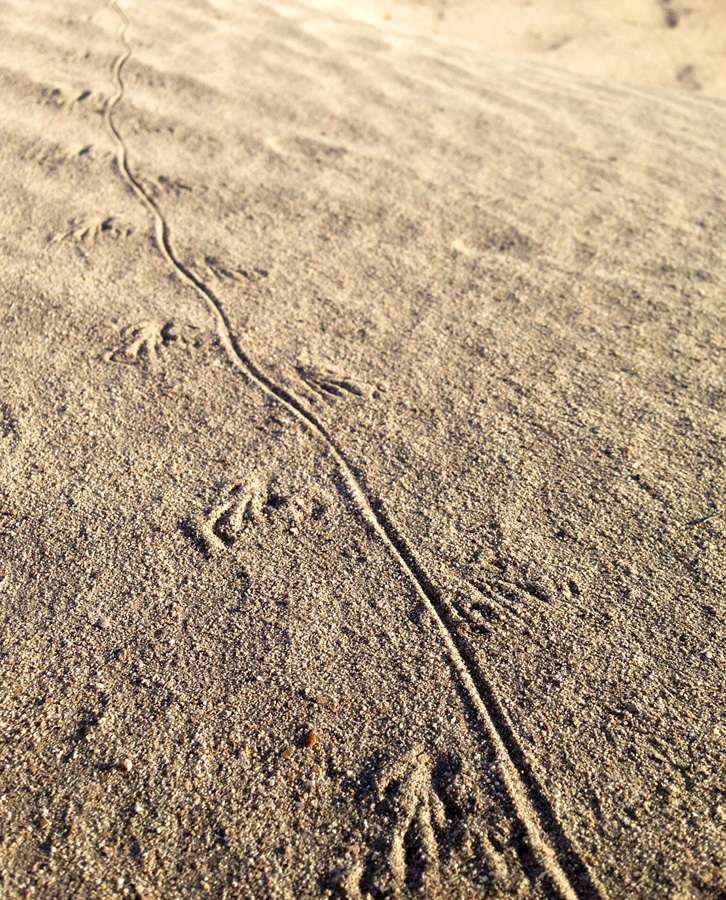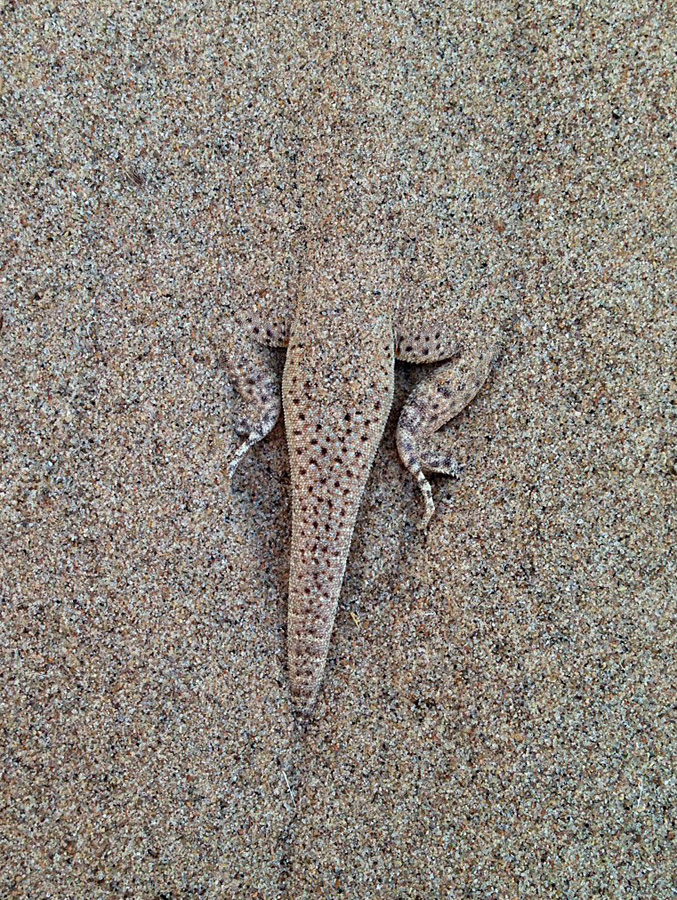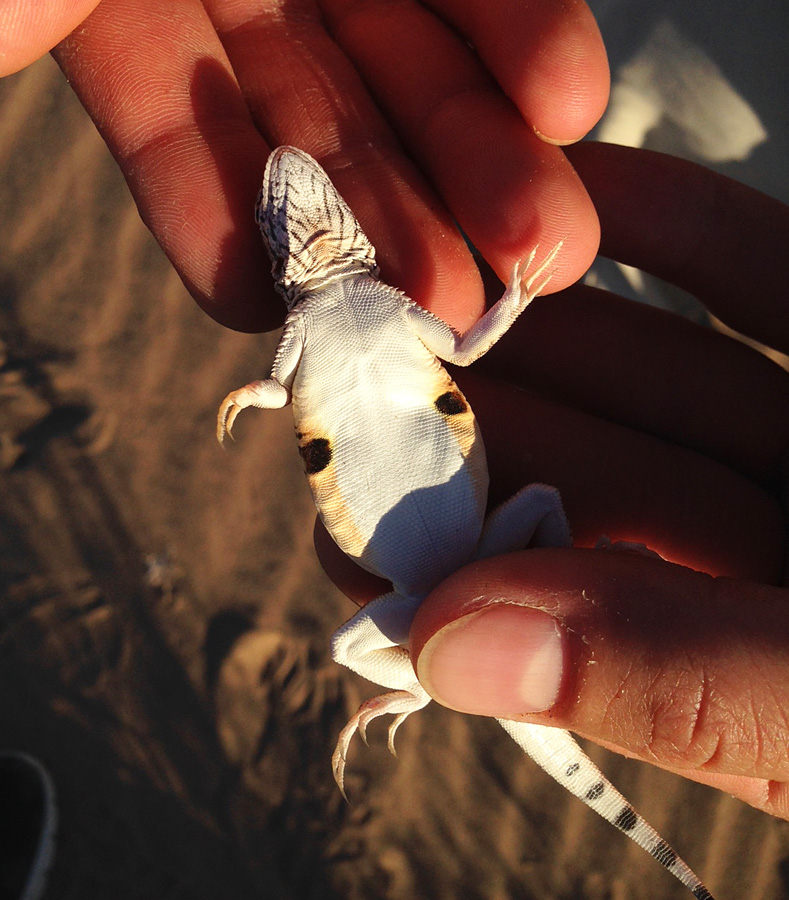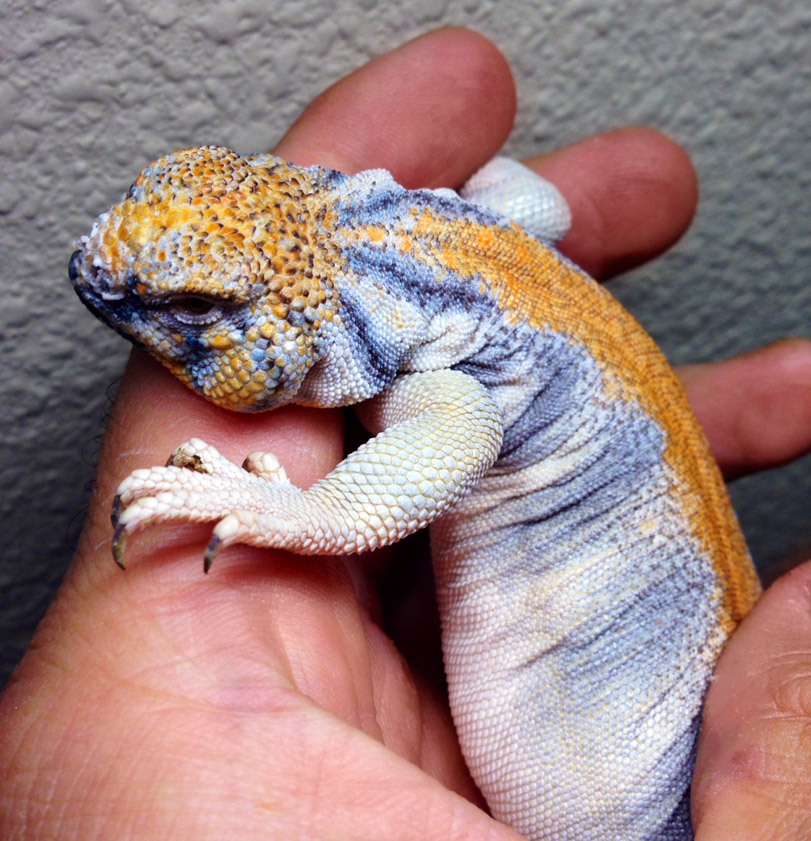Uromastyx o. philbyi is an incredibly colored subspecies rarely seen in collections around the world. The US probably has fewer of these than Europe or Asia in captive collections. To make availability worse, it seems that it's rather difficult to provide proper nesting for gravid females, and they tend to retain their eggs and die, or scatter them around their enclosures leading to few or none being viable.
In 2015, it appears only one person managed to hatch this species; Scott Wilson. He managed to hatch two clutches of this rare uromastyx and I was fortunate enough to pick up two babies from him. They arrived this week thanks to the warming weather and I am really happy with them! Pictured below is one of the two awesome little uromastyx!
Young male U. o. philbyi




